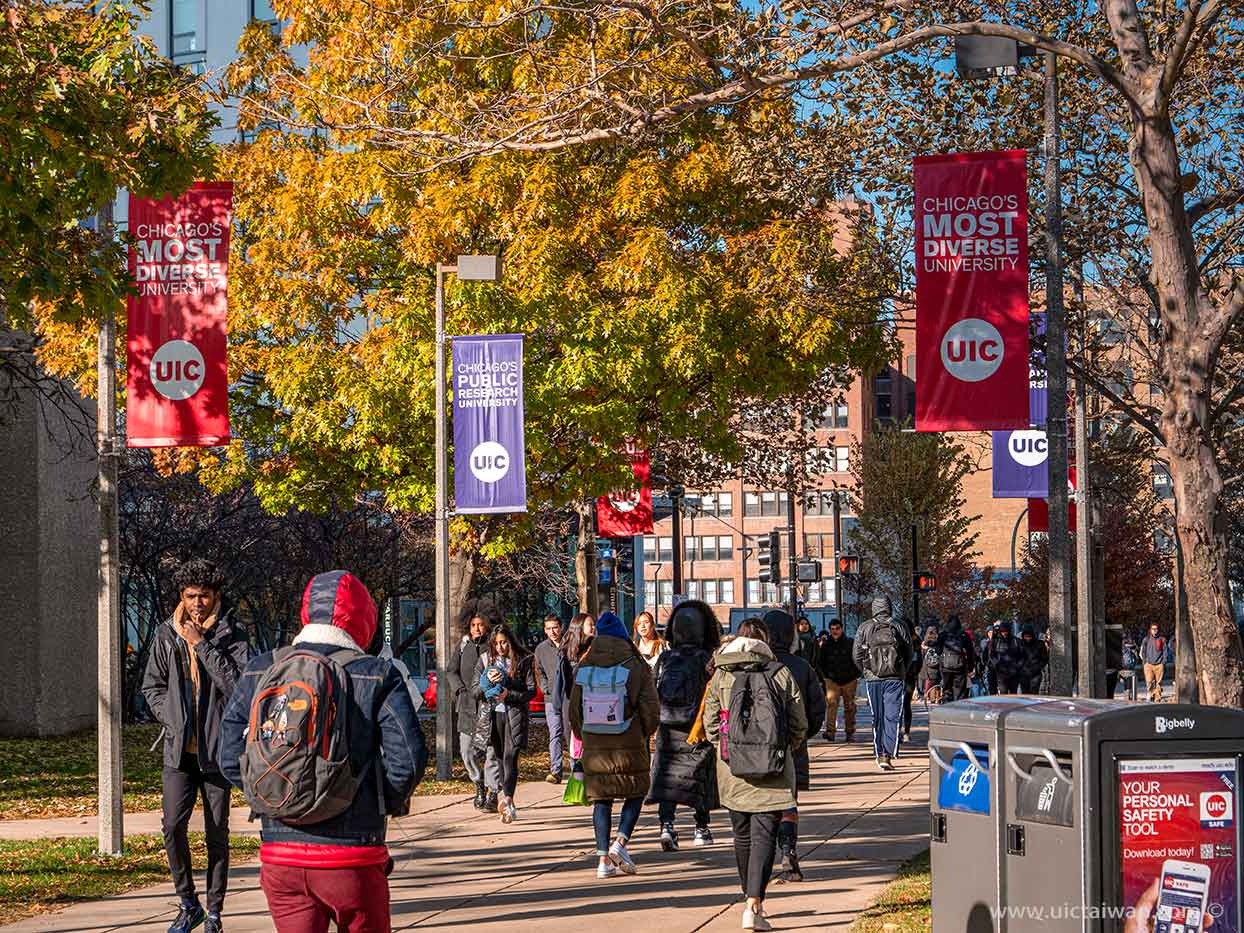1. What Is Conditional Admission?
Conditional Admission means a university conditionally accepts your application. The admission letter often specifies the requirements that need to be fulfilled. Once students meet the university’s conditions, they can officially enroll in a bachelor’s or master’s degree program. Generally, students need to improve their English skills at the university’s language school or private language institutions if they do not meet the university’s language proficiency requirements. Some students may need to enhance their academic qualifications, such as raising their GPA or providing GRE and GMAT scores, by taking academic courses at the university beforehand.
2. Conditional Admission vs. Direct Admission
| Conditional Admission | Direct Admission | |
| GPA (Academic Performance) | Universities generally require at least 2.0 for undergraduate programs and 2.5 for graduate programs | Typically, at least 3.0 is required, with higher-ranking universities demanding even higher GPAs |
| TOEFL | Most universities require a score of 60 or higher | 79 or higher |
| IELTS | Most universities require a score of 5.0 or higher | 6.5 or higher |
| SAT/ACT/GRE/GMAT | Not required by most universities | Required |

3. Advantages and Disadvantages of Conditional Admission
Advantages of Conditional Admission
1. Shorter Preparation Time
Compared to applying for direct admission, where students need to prepare ideal TOEFL, SAT, ACT, GRE, or GMAT scores before the application deadline, conditional admission often requires only partial scores or none at all. This allows students to save time on exam preparation and pursue their studies abroad earlier.
2. Opportunities for Students with Lower Academic Performance
Universities offering conditional admission usually have lower academic requirements. Students can compensate for academic shortcomings by taking preparatory courses. Many universities offering conditional admission are ranked among the top in the U.S., such as Northeastern University, American University, USC, and Arizona State University.
3. No Restriction on Application Deadlines
In principle, applications can be submitted up to three months before the start of the program, without being constrained by fixed deadlines.
4. Early Adaptation to the Environment
Students admitted conditionally need to arrive 3–9 months earlier to improve language skills and take academic courses. This also allows them to adapt to the foreign academic and living environment in advance.
Disadvantages of Conditional Admission
1. Higher Costs
Since additional language courses or academic courses arranged by the school are required, the tuition fees and living expenses will inevitably be higher.
2. Longer Time Commitment
Students need to spend an additional 3-9 months completing language courses or professional academic courses.
3. Fewer School Choices
Compared to schools that offer direct admission, there are fewer schools that accept conditional admission.
IV. Schools in the United States Offering Conditional Admission
- 1. Northeastern University
- 2. Arizona State University
- 3. Oregon State University
- 4. Colorado State University
- 5. Washington State University
- 6. Illinois State University
- 7. Saint Louis University
- 8. Illinois Institute of Technology
- 9. The University of Illinois at Chicago
- 10. University of Southern Florida
V. Determining If You Need Conditional Admission
1. Do You Have Time Pressure for Studying Abroad?
Some students face time pressure for studying abroad due to reasons such as military service, family circumstances, or future planning. For instance, if a student decides in April or May to study in the U.S. and plans to leave in September, conditional admission is the only option. This is because such students typically do not have exam scores ready, and most schools' application deadlines have already passed.



 Study Abroad in Different Countries
Study Abroad in Different Countries Popular Majors
Popular Majors Application Process
Application Process Study abroad exam
Study abroad exam Visa Application
Visa Application Study Abroad Life
Study Abroad Life








 Study in the USA
Study in the USA Study in Australia
Study in Australia Study in the UK
Study in the UK Study in the Netherlands/Ireland
Study in the Netherlands/Ireland Study in Canada
Study in Canada Conditional Admission
Conditional Admission



